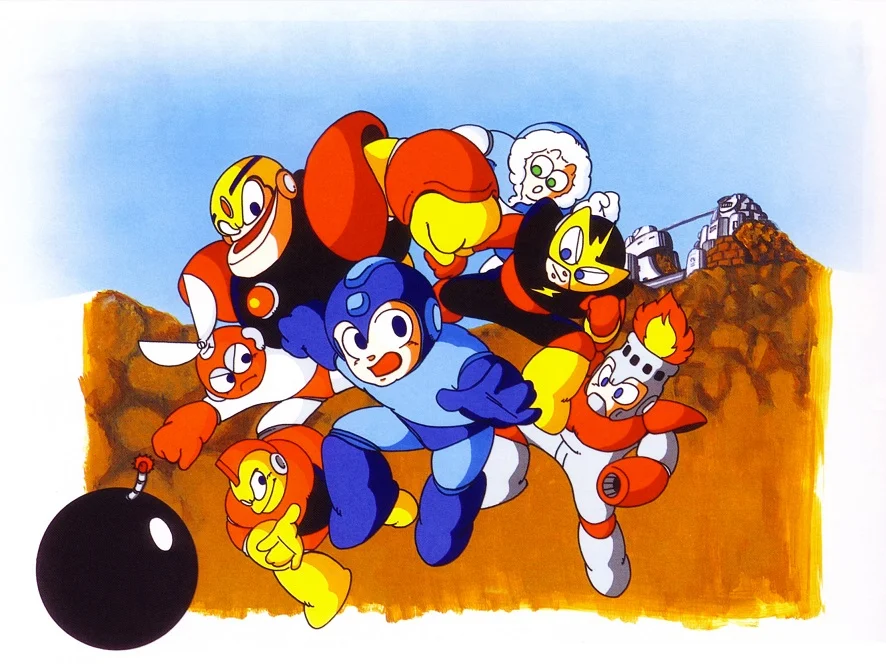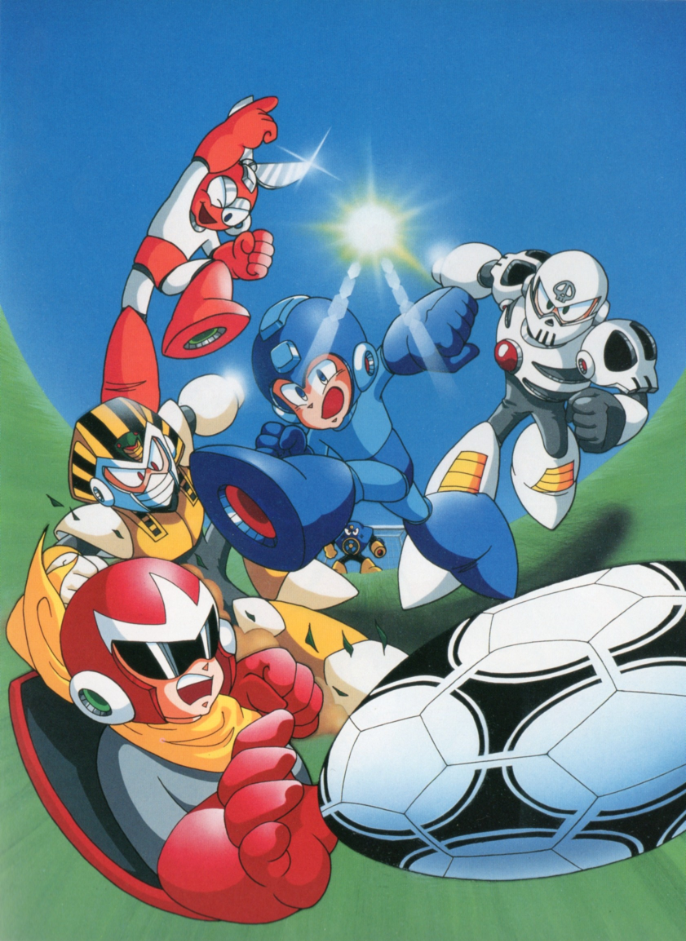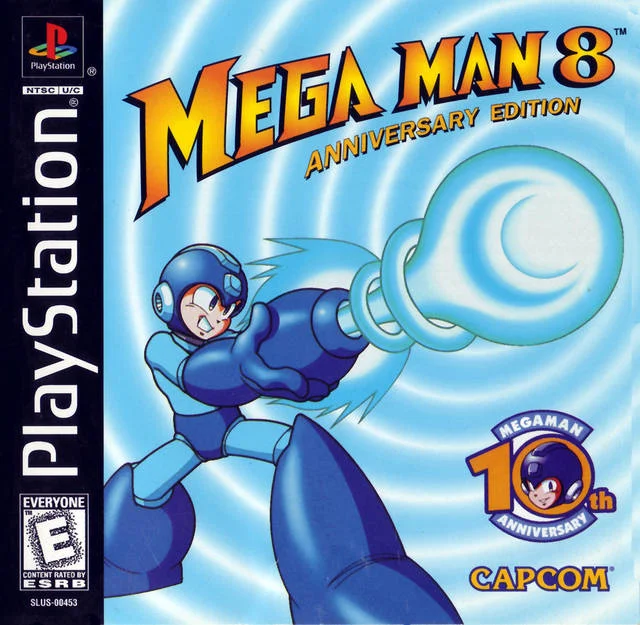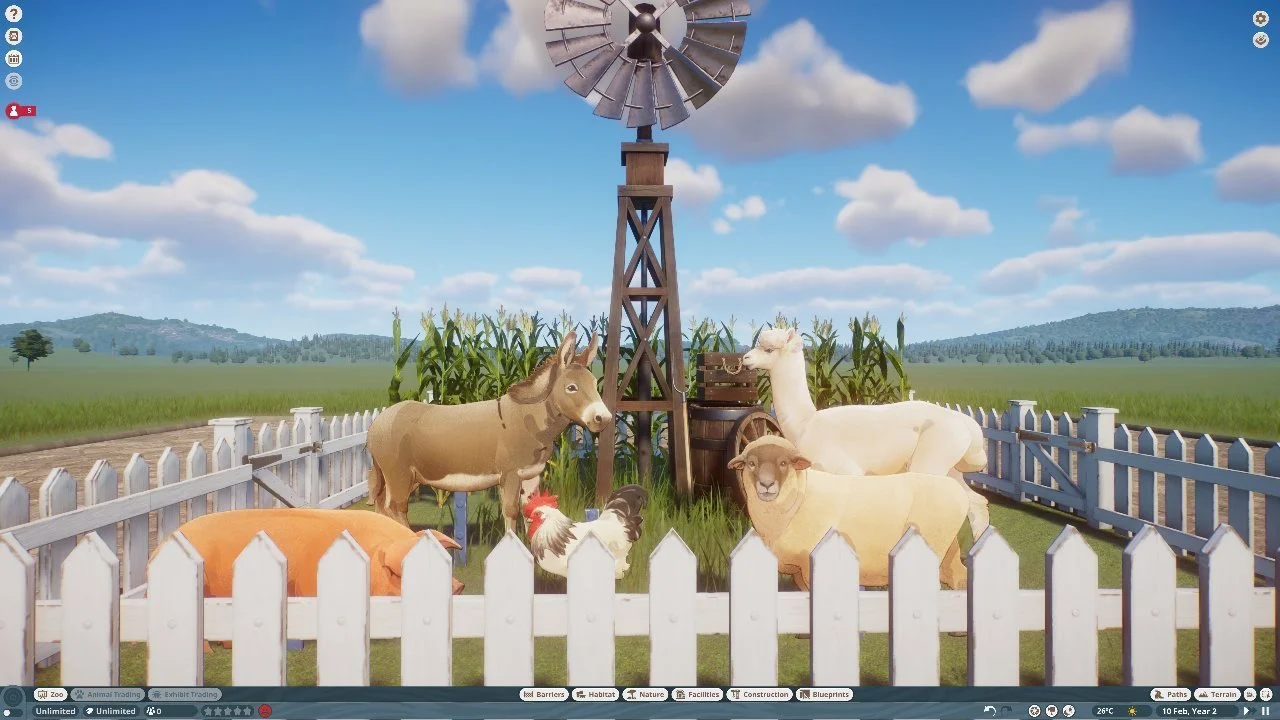Welcome to Part 3 of our run-through of the Mega Man Classic series! Click here if you missed previous installments: Part 1 Part 2
Today we'll be covering the year of 1991 which brought us three Mega Man games: Mega Man: Dr. Wily's Revenge for the Game Boy, Mega Man 4 for the Famicom/NES and Mega Man 2 for the Game Boy (which will be refereed to as “Mega Man GB 2” to avoid confusion with the NES game).
Mega Man: Dr. Wily's Revenge (Originally released July 1991)
With two big bestsellers, Mega Man is now Capcom's MVP! Capcom orders a Mega Man game to be made for Nintendo's handheld, the Game Boy.
This would be not only Mega Man's first portable adventure but also the first Mega Man game to be made by a developer outside of Capcom: Minakuchi Engineering (who would later develop Mega Man GB III, IV, V and Mega Man X3). Capcom provided artwork, sound and graphic resources to develop the game, but the game design and programming were handled at Minakuchi Engineering. Notably, this would be composer Makoto Tomozawa's (known for his work on SNES Aladdin, Mega Man 7, Resident Evil 1, the PS1/Saturn versions of Mega Man X3) first contribution to a Capcom game; he was freelance at the time. Also, the game supports stereo sound, so get your headphone jack ready!
Dr. Wily's Revenge (Rockman World in Japan) is like a mini-remix of Mega Man 1 and 2 for the Game Boy: old bosses and enemies reappear, the only new introduction I can think of is the character of Enker (who would make appearances in other games like Mega Man's Soccer and Mega Man 10). First, you fight four bosses, from Mega Man 1, then once you conquer them, you battle four bosses from Mega Man 2 and finally you tackle the Wily stages.
Dr. Wily's Revenge offers a fair challenge. Mega Man can't take too many hits in this one. It's a bit harder than it looks, but nothing impossible. It's a short and satisfying Game Boy action game; once you master it, it's probably a 40-minute game. I don't consider it a must-play, but it's a decent alternative to the NES classic and worth checking out as a curiosity for Mega Man fans.
Mega Man 4 (Originally released December 1991)
Meanwhile, Nintendo rolled out the Super Famicom in Japan (In Fall of 1990), which would debut a year later in the US as the Super Nintendo Entertainment System in August of 1991. With Sega's own Mega Drive/Genesis, and NEC's PC-Engine/TurboGraphx-16, the 16-Bit console wars were on. Mega Man was kind of affected by this console shuffle. Mega Man 4 would be the start of a recurring problem with the Mega Man franchise in general: his games tended to get sidelined during hardware transitions.
Around the time of Mega Man 4's release, the NES/Famicom still a strong install base, a strong following and would continue to be supported for a few years but come 1991/1992, most consumers had their sites on either the Super Famicom/SNES or the Mega Drive/Genesis, leaving NES/Famicom games on the B-priority. Capcom continued to make Mega Man games for the Famicom/NES because they were still figuring out the Super Famicom/SNES hardware and in the words of Chris Bieniek, former editor-in-chief of Tips & Trips magazine in a 2003 interview for the G4 TV series Icons...
"I think they continued to do Mega Man games for the NES because... first of all, it was easy for them to do, it was inexpensive for them to develop additional Mega Man games...." — Chris Bieniek
This frustrating situation would impact Mega Man 4's sales somewhat but not the development of the game itself; Mega Man 4 had a less turbulent development than Mega Man 3.
The game intro shows Mega Man being converted from Rock, the household chore robot… to Mega Man, the world famous combat robot! This has nothing to do with the actual game story but finally reveals a part of the Mega Man lore that the manuals alluded to.
Mega Man 4's actual story has to do with Mega Man confronting a Soviet scientist named Dr. Cossack. So this would be the first time Mega Man leaves his home city of Unspecified Part of the United States and travel to another country. And yes, this is a game set in the future, and the Soviet Union still exists.
Aside from that, it's the Mega Man formula of clearing through 8 stages.... to a point. Mega Man 4 started a trend of the later NES Mega Man games having a "fake villain plot" that is to say, the supposed lead villain of the game is a stooge or proxy for Wily, or they make an attempt to cover up that Wily is behind everything.
Dr. Cossack is revealed to not be such a bad guy, after all; Wily was the one who twisted his arm by kidnapping his daughter, Kalinka! Once you clear the 8 main Robot Master stages, you go to Dr. Cossack's base, and then after the Wily reveal, you have to run through his base. Both of the main bad guy bases have to be cleared on the same playthrough with no saves, so this part of the game can be a bit tiring.
There were some cool designs. Ring Man, Skull Man and Pharaoh Man are favorites of mine. Even Toad Man has a charm.
Perhaps the biggest contribution Mega Man 4 brought to the franchise was the charged Mega Buster shot. Atomic Fire from Mega Man 2 was a Master Weapon that could be charged, but this was the first time Mega Man's default peashooter could be charged for a more powerful shot; this shot had 3 times the power of Mega Man's normal Mega Buster shot.
Some new gadgets in Mega Man’s arsenal are the Balloon and the Wire; both of which were kind of neat, but were not popular or useful enough to return. Rush Marine would be retired after Mega Man 4.
In general, there are fewer ways to plow through the game than there were in Mega Man 2 and ESPECIALLY Mega Man 3 with it’s busted Rush Jet. The game is sometimes challenging because it's fair and other times because it throws you a sucker punch. There are a few cheap deaths from pits that mostly have to be cleared by rote. I hated Bright Man’s stage, didn’t care for Cossack Stage 1 and Cossack Stage 3 with it’s auto-scrolling gimmick might be my least favorite stage out of all the NES Mega Mans.
Mega Man 4 is my least favorite of the NES Mega Man games, but it's not from a lack of trying the part of the developers. I see Mega Man 4 as a minor step down compared to Mega Mans 1, 2 and 3. There were a few cheap shots and the game is a little bit too long for its own good.
Mega Man 4 sold well enough but was not a best seller in the way Mega Man 2 and 3 were. Capcom moved forward nonetheless.
Mega Man II GB (Originally released December 1991)
A few weeks after the release of Mega Man 4 on the NES, Capcom was able to squeeze out another Mega Man game for the Game Boy before 1991 closed out. Mega Man 2 GB (Rockman World 2 in Japan)
Mega Man II GB was developed by Japan System House with Tokuro Fujiwara and Keiji Inafune being some of the very few Capcom employees to guide the project.
Mega Man II GB's plot has Dr. Wily use time travel to attempt to conquer the world. There's also the character Quint who is an evil version of Mega Man from a possible bad future.
Much like Dr. Wily's Revenge, this is a "Best Of" title that scales down bosses and stage ideas from older games. While functional, I found the stage design of Mega Man II GB to be very poor in general. In Mega Man: Official Complete Works, Inafune says that the developers for the game were inexperienced and didn't understand the series. I agree.
This title was lacking to me all around, with Quint being the only takeaway idea that I latched onto. I didn't think it was fun or good at all and don't recommend it. Japan System House would never work on the series again. I'd say this is the worst Mega Man game so far and the first truly bad one.
Stay Tuned for Part 4, where we will talk about Mega Man 5 for the NES and Mega Man GB III!!





























